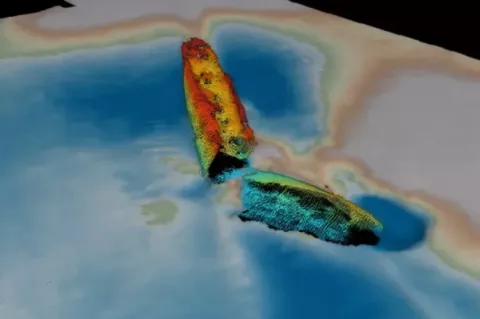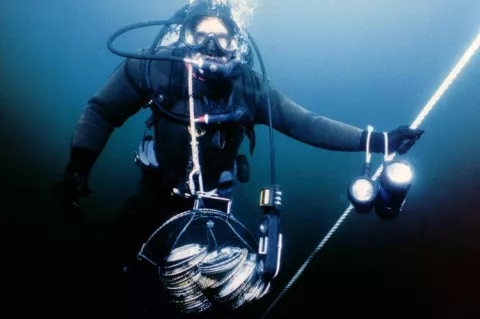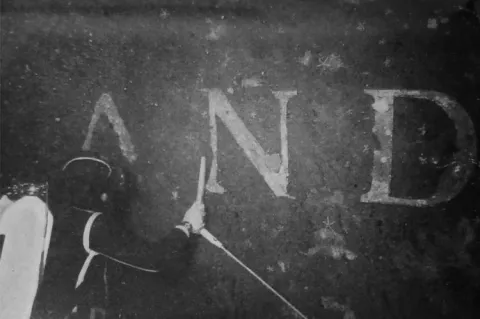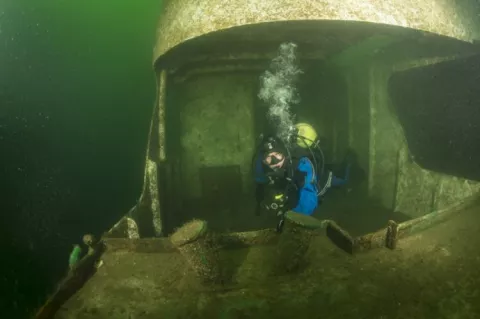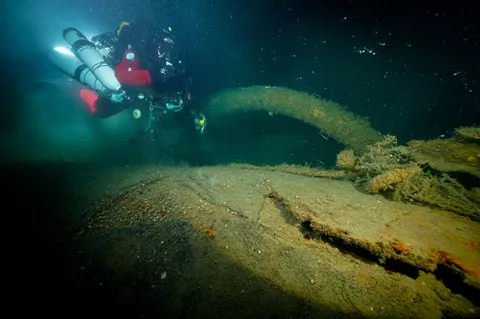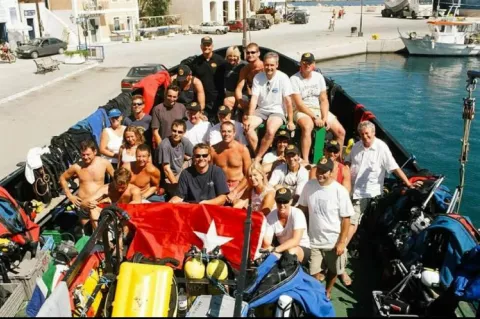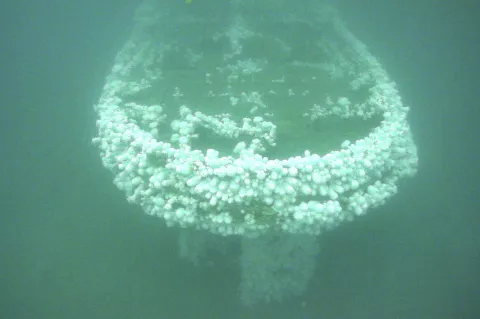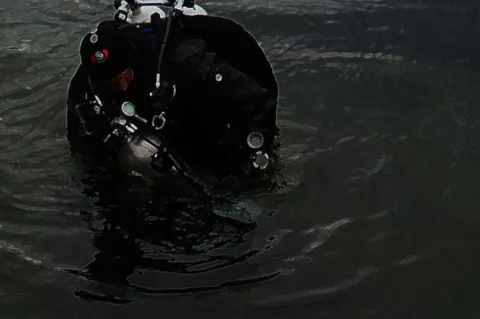Titanic shipwreck recreated in detailed 3D visualisation
An ambitious digital imaging project has produced what researchers describe as a “digital twin” of the R.M.S. Titanic, showing the wreckage of the doomed ocean liner as if the water has been drained away.
The model was created with data using deep-sea mapping gathered by two submersibles—named Romeo and Juliet—during a six-week expedition to the North Atlantic wreck site in the summer of 2022, to map “every millimetre” of the wreckage as well as the entire three-mile debris field.


